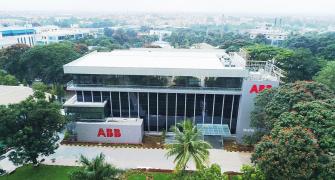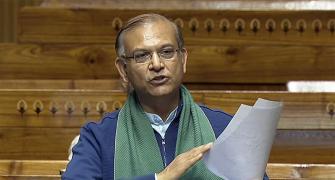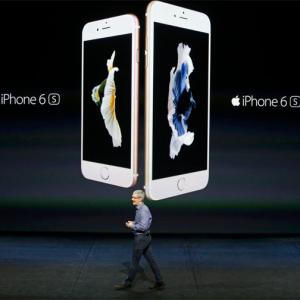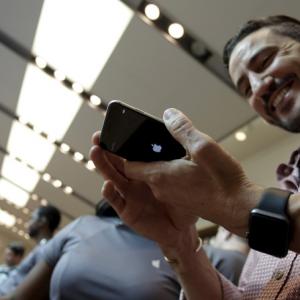It takes a longer time to avail of these loans, owing to tight due-diligence process of banks.

Are you planning to buy the latest iPhone 6s Plus this festive season but cannot afford to shell out the entire Rs 92,000 at one go?
While financial prudence suggests you should not go for it but given the liberal use of credit cards by consumers, many will be tempted to swipe it.
Another option is a festival loan, that is, another form of a personal loan.
During the festive season, banks come out with specialised consumer durable loans or lower processing charges on their existing unsecured personal loans.
Non-banking financial companies (NBFCs) also tie up with retail chains or e-commerce websites to offer discounts or zero per cent loans.
Is this a better option than buying on credit card and converting into EMIs?
Among the nationalised banks, State Bank of India (SBI) is charging 15.5 per cent for its festival loan and Andhra Bank is charging-15.75 -16 for consumer durable loans.
SBI has no margin, but the upper limit is only Rs 50,000. Andhra Bank has a margin of 15 per cent of the product price.
Another option is buying it on credit card and converting it into EMI. It is easy and convenient.
But if you take a consumer durable or personal loan, you get a longer tenure to repay. According to Prashant Hegde, co-founder, Loanstreet.in, loan is preferable because the tenure is longer. “It can go up to five years in case of personal loans, while EMI on credit card is between six and 12 months,'' he says.
One disadvantage of the EMI on card is the limit on your card will be reduced to that extent till you finish repaying. So, if you already have a significant credit card outstanding and use your card actively, it is better to opt for a loan.
“If you have EMIs for two separate purchases running simultaneously running on your credit card and if you default on even one instalment, the penalty will apply to both EMIs,” warns Rishi Mehra, co-founder, deal4loans.com. In case of a default, the penalty can be as high as 40 per cent.
However, Adhil Shetty, of Bankbazaar.com says it is better to opt for an EMI on credit card. “Some credit cards have zero per cent interest rate on EMI. Other benefits include reward points and additional discounts offered by e-commerce players in tie-up with certain cards. Hence, EMI on credit card is nothing but a personal loan, but without the usual documentation and delays associated with a personal loan.”
In case of a personal loan, customers will have to pay some money upfront as margin, which is not required in the case of a credit card purchase. This could be 5-10 per cent or more of the product price, points out Tejasvi Mohanram, founder & CEO, RupeePower.com.
In case of a zero interest loan from an NBFC, customers must first check if the discount offered by the store for upfront payment works out to the same or not.
“If the store offers discount that is higher than interest the NBFC is paying on your behalf, it makes sense to purchase using credit card and convert it into EMI. If not, it is better to avail of the zero per cent loan,” Mohanram adds.
There are consumer durable loans as well.
According to data provided by loanstreet.in, rates on consumer durable loans are as follows: Bajaj Finserv - zero per cent, Capital First - zero per cent, Tata Capital - zero per cent (zero per cent is in tie-up with select retail stores) and HDFC 16 per cent. In comparison, credit card EMI conversion rate is at 13-14 per cent a year (it can go up to 20 per cent).










